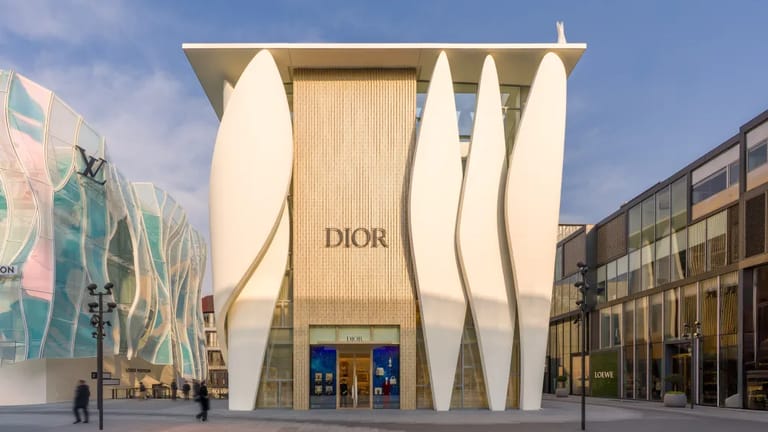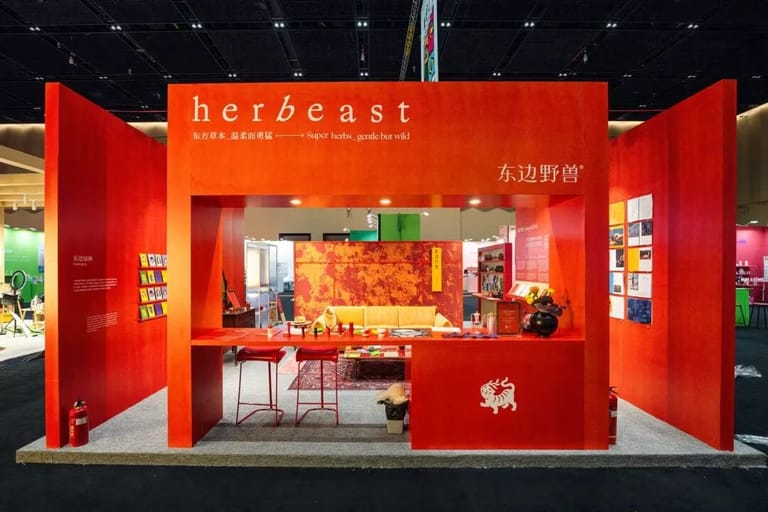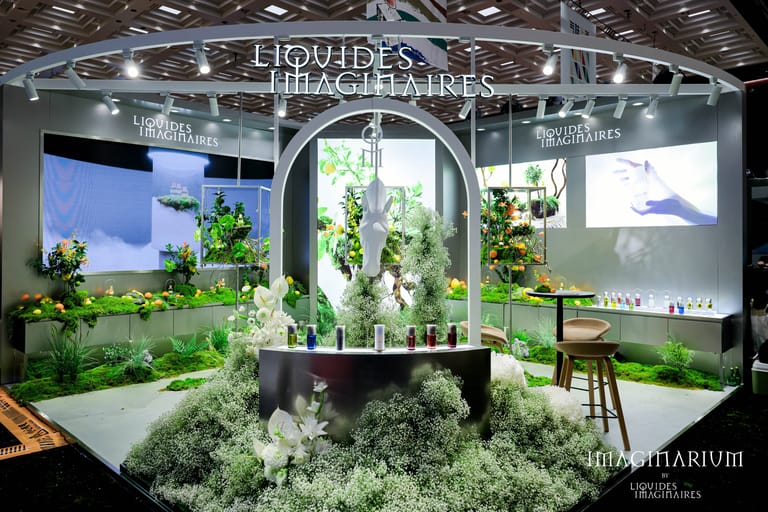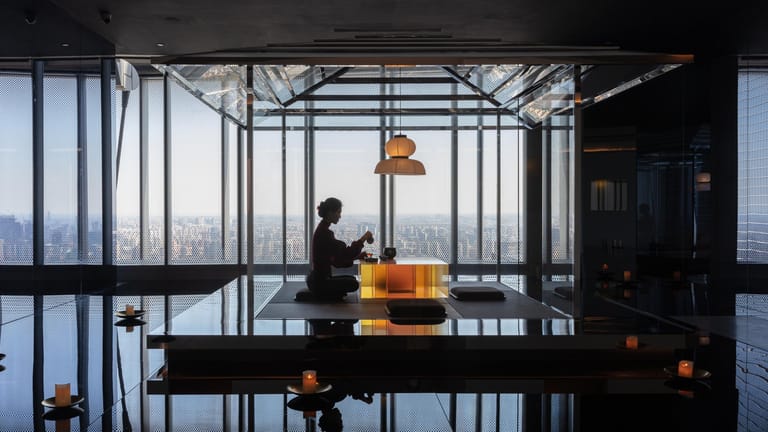Patrice Nordey on How China Is Rewriting Luxury Codes
By
Wenzhuo Wu

Published on
April 30, 2025
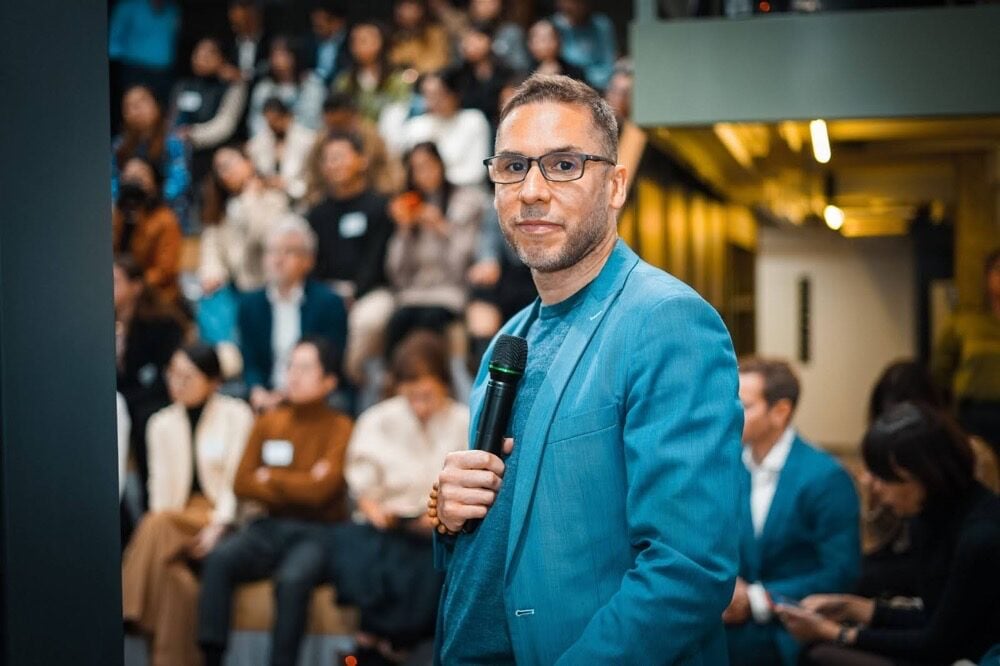
The Visionary profiles the individuals redefining creativity and leadership in China’s evolving landscape—from fashion and art to technology and business. Through in-depth interviews and sharp analysis, this column unveils the minds driving innovation, exploring their inspirations, challenges, and the lasting impact of their work. These trailblazers aren’t just keeping pace with change; they’re leading it.
The “In China, for China” narrative is emerging as a defining force in the luxury market for 2025 and beyond. Few voices are better positioned to unpack its implications than Patrice Nordey.
With a career spanning over 25 years in digital transformation and innovation, Nordey has navigated the rise of China’s luxury market from the inside out—from founding Shanghai-based digital agency Velvet to leading Fabernovel across six global offices. Now at the helm of his latest venture, Trajectry, he is helping brands steer through an era where traditional markers of prestige are rapidly being challenged.
Nordey is among the 25 esteemed industry leaders contributing to Luxury Through a New Lens: 2025 Jingzhi China Vision Report, offering a pointed perspective on how luxury is evolving in China. “The value system of luxury consumers is undergoing a profound transformation, with the pandemic playing a major role in accelerating these shifts,” he says.
One of the most striking shifts, Nordey notes, is the diminishing centrality of products in defining luxury. “Luxury lifestyles are expanding beyond products into a broader range of individual and social experiences,” he observes. The rise of experiential luxury is palpable, with affluent Chinese consumers reallocating their spending toward travel, wellness, and high-end interior design. Sportswear has been a key beneficiary of this shift. Brands like Lululemon, Moncler and Arc’teryx have managed to straddle function and status in ways that resonate with China’s increasingly active consumers.
At the same time, China’s luxury market is polarizing. Middle-class consumers, once drivers of the market’s explosive growth, are pulling back, becoming more price-sensitive and exploring pre-owned or “affordable luxury” alternatives. In stark contrast, high-net-worth individuals—increasingly younger and digitally savvy—are spending more per purchase than ever. “Unlike their Western counterparts, China’s young elite not only demand ultra-VIP experiences but also favor digitally enabled interactions,” Nordey explains. This dichotomy is forcing brands to rethink their value propositions, with some doubling down on ultra-luxury experiences, exclusive memberships, and even price hikes to preserve their allure among the top tier.
Another profound shift is underway in the rise of homegrown luxury. “The traditional codes of ‘imported luxury’ are no longer the sole reference for discerning Chinese consumers,” says Nordey. From Chinese rice whiskies that tout a 9,000-year-old heritage to avant-garde jewelers like Wallace Chan and Soft Mountains redefining craftsmanship, local brands are stepping into spaces once dominated by Western maisons. This ties into a broader cultural movement—guochao—where national pride is reshaping luxury’s role as a social marker. Wearing brands like Icicle or Angel Chen is no longer just about style, but a statement of cultural sophistication.

This brings Nordey to a concept he believes embodies the essence of China’s luxury consumers: jingzhi (精致). Often interpretedas refinement flanked by authenticity and cultural closeness, jingzhi, he says, refers to an elite class of connoisseurs who possess not just wealth, but discernment. “Luxury consumers are often misinterpreted simply as high spenders. But true prestige brands understand that their clients are seekers of taste and exclusivity,” he notes. In China, this elite spans business leaders, artists, and socialites, all united by a deep appreciation for craftsmanship and cultural nuance.
For brands, the road ahead is far from straightforward. “The line between luxury and non-luxury is blurring,” Nordey warns. As digital-native brands elevate their design and quality, and as “dupe culture” gains momentum among younger consumers, luxury brands risk losing their distinctiveness. Nordey argues that brands need to rethink their playbooks entirely—embracing what he calls the “new luxury,” where storytelling, community-building, and experience crafting are non-negotiables.

Despite market headwinds, Nordey sees untapped growth, particularly beyond China’s first-tier cities. He says most new luxury consumers will likely emerge in hubs like Chengdu and Hangzhou, offering fertile ground for brands willing to move beyond the traditional Shanghai-Beijing-Guangzhou axis.
For those seeking a blueprint for success, Nordey offers a pragmatic framework honed from years of consulting in China: build a brand story that resonates with Chinese culture, deeply engage with elite consumer communities, innovate across distribution channels, and, above all, craft experiences that feel uniquely tailored to the Chinese audience.
Luxury in China today is defined by resonance, not logos. Astute brands will stop marketing to China and start co-creating with it—those who understand that jingzhi is not a veneer, but a philosophy. As the lines between global and local, product and experience, status and meaning continue to blur, the winners will be those who navigate ambiguity with precision and purpose.
In the age of neo-luxury, connoisseurship has found its next capital. If Nordey’s insights are any guide, the road to success must integrate both tradition and change.



